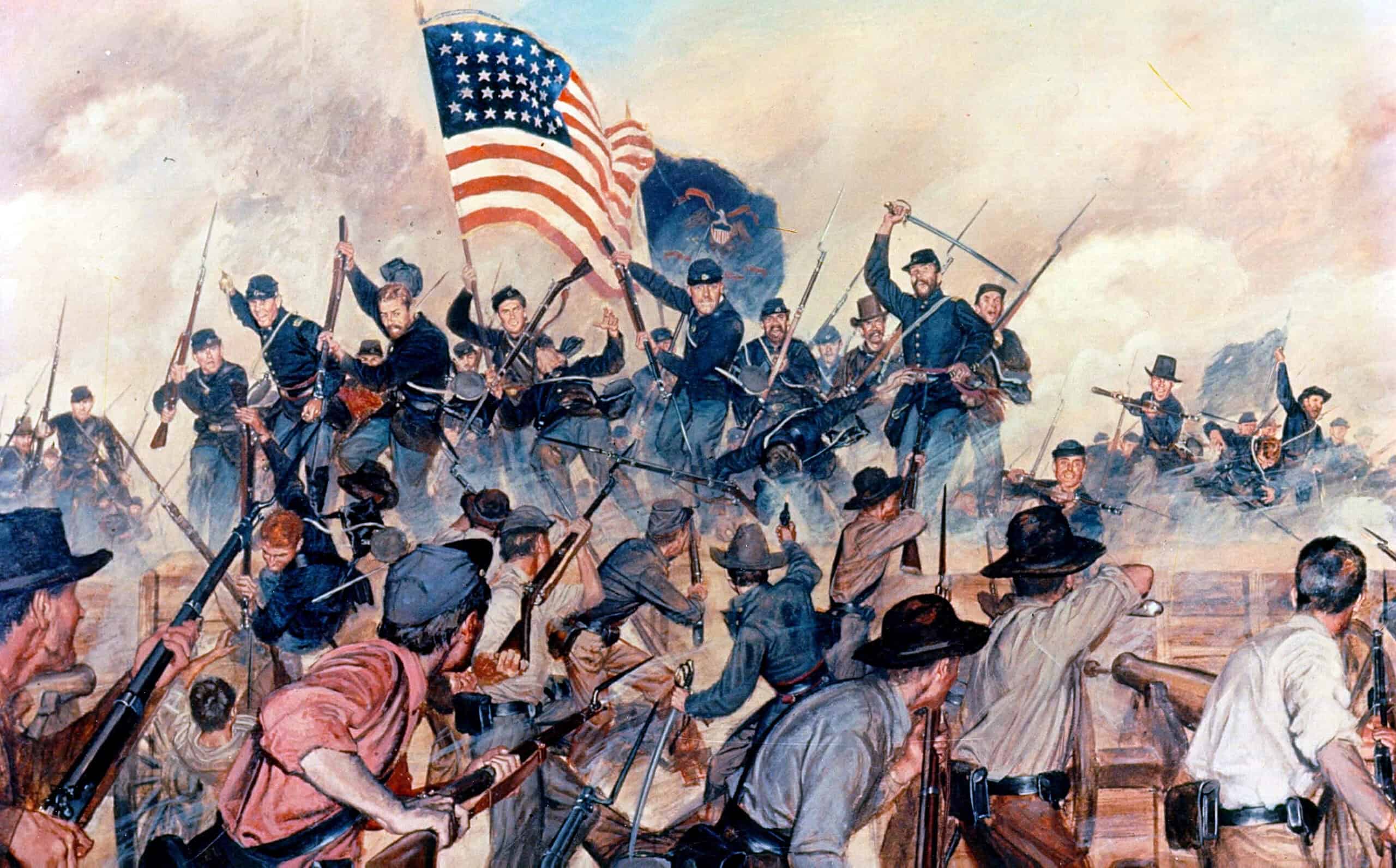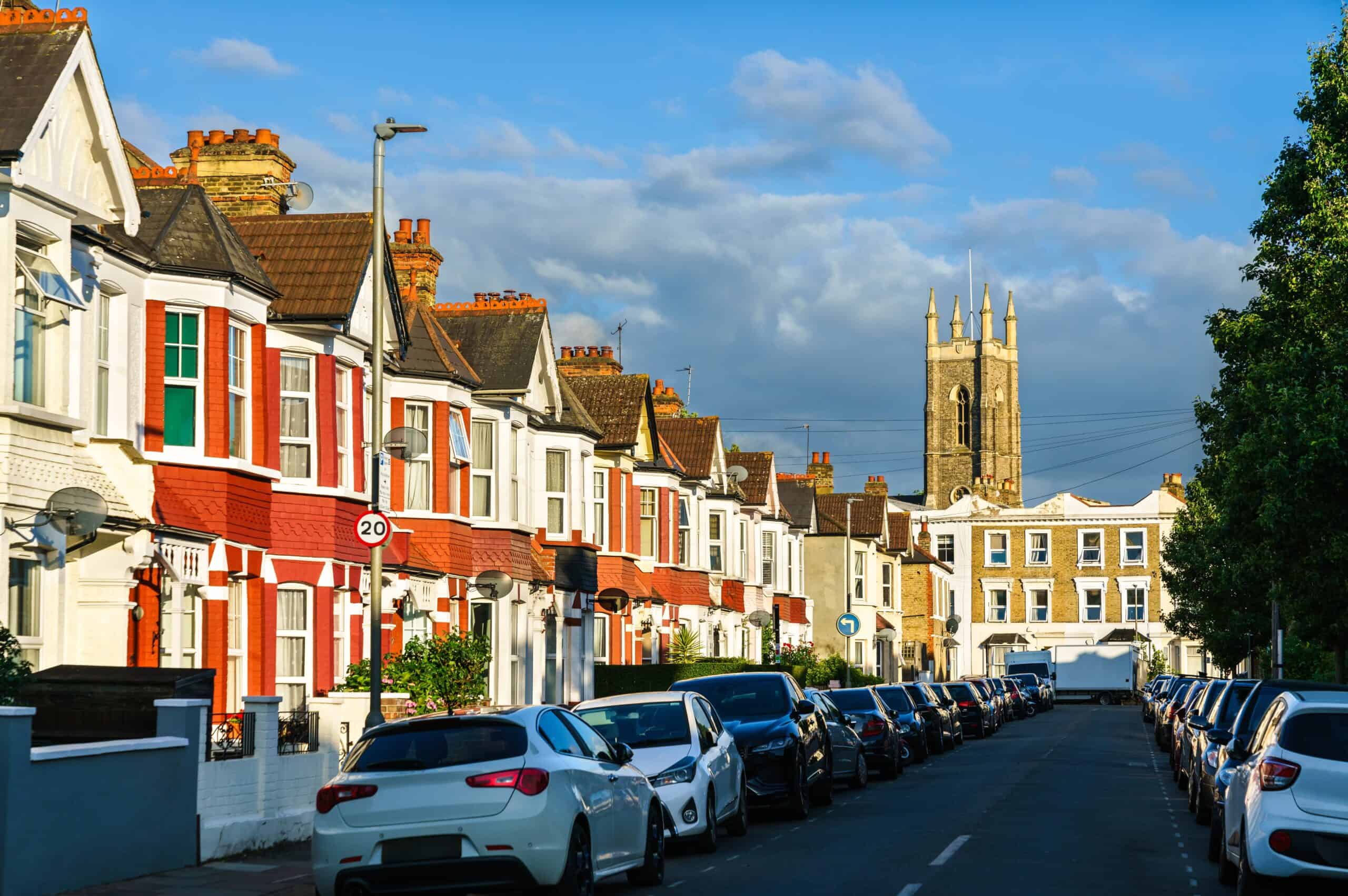Movie sets are often crucial in bringing a filmmaker’s vision to life, transforming scripts into immersive worlds that captivate audiences. While some productions manage with modest backdrops, others go to extraordinary lengths, constructing elaborate and costly sets that become iconic in their own right. These monumental creations, ranging from full-scale replicas of ancient cities to cutting-edge futuristic landscapes, not only enhance the storytelling but also push the boundaries of what’s possible in cinema. Below, we explore some of the most expensive movie sets ever built, showcasing the remarkable detail and investment that went into their creation.
Cleopatra (1963) – $44 million
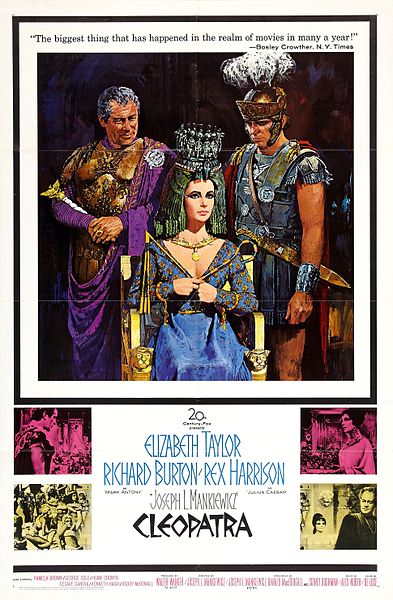
The set for Cleopatra is legendary not only for its size but also for its opulence. Lavish sets representing ancient Egypt were constructed, including a life-sized Alexandria and the Sphinx. The grandeur of the sets, combined with authentic materials, skyrocketed the cost. Adjusted for inflation, the movie remains one of the most expensive ever made. The set cost alone is estimated to have contributed around $44 million in today’s dollars.
Waterworld (1995) – $22 million

Waterworld is infamous for its massive, floating sets that portrayed a dystopian future covered in water. A significant portion of the budget was allocated to constructing the “Atoll,” a floating fortress that required immense logistical efforts. The set was built off the coast of Hawaii, where its size and complexity led to frequent delays and budget overruns. The cost to build and maintain the set was around $22 million. Despite the financial burden, the set contributed significantly to the film’s unique visual style.
Titanic (1997) – $30 million
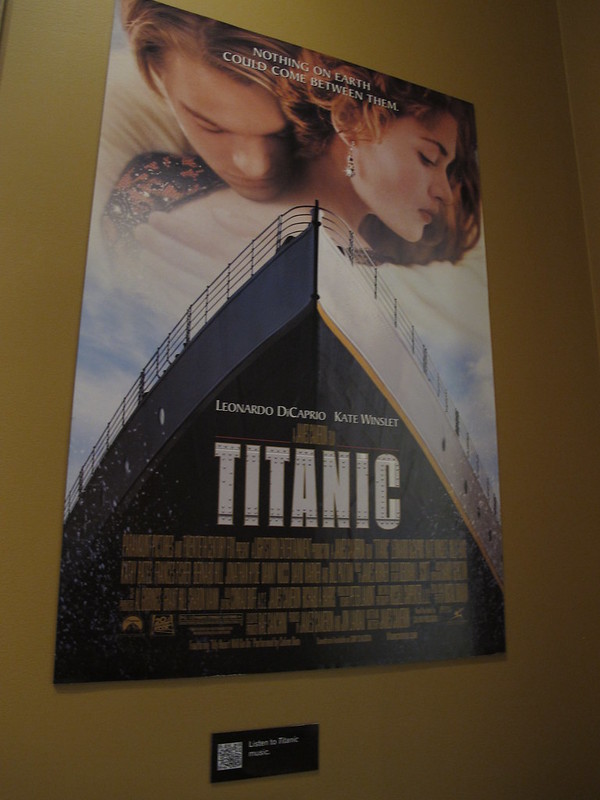
James Cameron’s Titanic required an almost full-scale replica of the ill-fated ship, making it one of the priciest sets in cinema history. Built in Baja, Mexico, the set featured an enormous water tank to simulate the North Atlantic Ocean. The construction included painstaking details like the grand staircase, which mirrored the real Titanic’s design. The authenticity of the set played a pivotal role in the film’s immersive experience. The replica’s cost, alongside the special effects, contributed to the $30 million expenditure on the set.
The Lord of the Rings: The Return of the King (2003) – $94 million
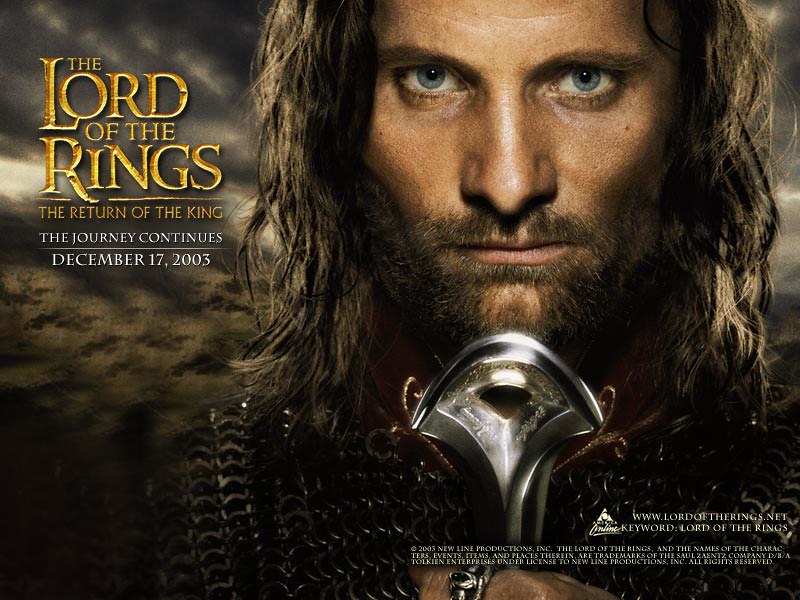
To bring Middle-earth to life, the set designs for The Lord of the Rings trilogy were nothing short of monumental, with The Return of the King being the most expensive. Massive sets were built in New Zealand, including the intricate city of Minas Tirith and the fortress of Helm’s Deep. The attention to detail in these sets was extraordinary, involving teams of artisans working for years. The result was a blend of practical effects and CGI that seamlessly integrated into the story. The sets alone are estimated to have cost around $94 million.
Pirates of the Caribbean: At World’s End (2007) – $40 million
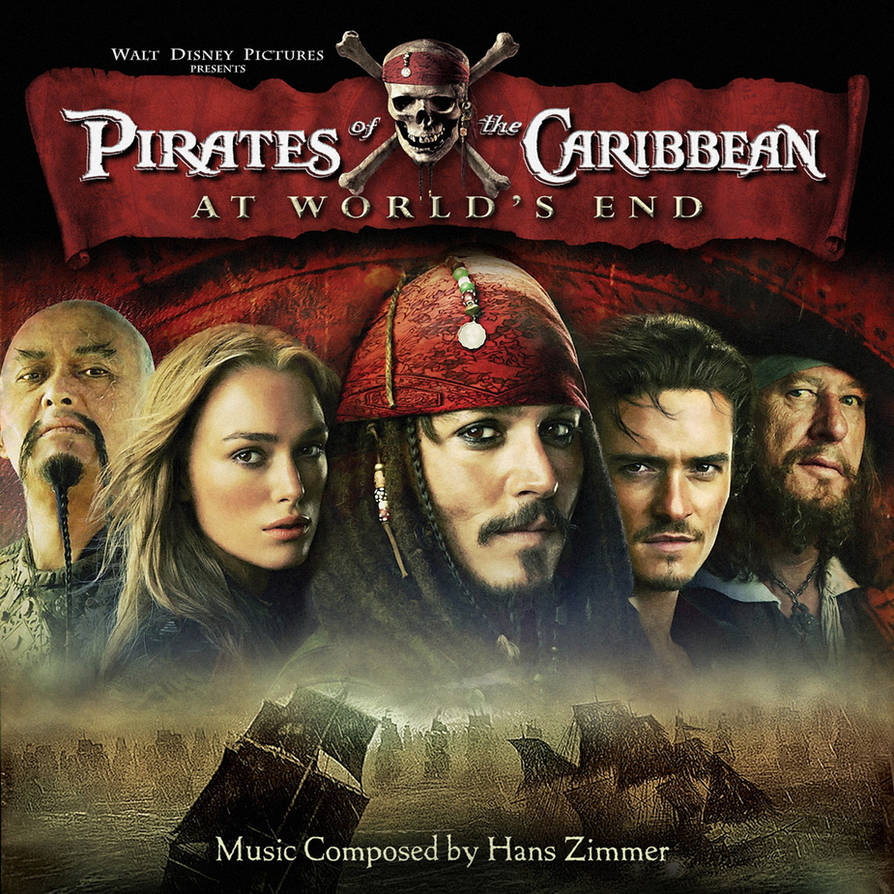
For the third installment of Pirates of the Caribbean, enormous and elaborate sets were constructed, most notably the Singapore pirate lair. The set was designed to be highly detailed, with authentic-looking docks, ships, and buildings, enhancing the film’s exotic ambiance. Additionally, the production team built large water tanks to shoot scenes with intricate water effects. The combination of detailed design and complex water scenes drove the set’s cost to around $40 million. These sets were instrumental in creating the film’s immersive pirate world.
Ben-Hur (1959) – $15 million
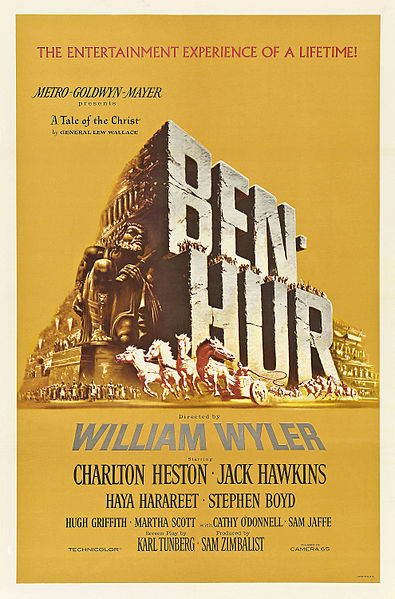
The set of Ben-Hur remains one of the most iconic in film history, particularly the massive Circus Maximus built for the famous chariot race. This set was a full-scale replica, taking over a year to construct and covering 18 acres. The attention to detail and the sheer scale were unprecedented at the time. Over 40,000 tons of sand were used to recreate the ancient Roman arena. The cost of this monumental set was approximately $15 million, a huge sum in the 1950s.
Avatar (2009) – $30 million
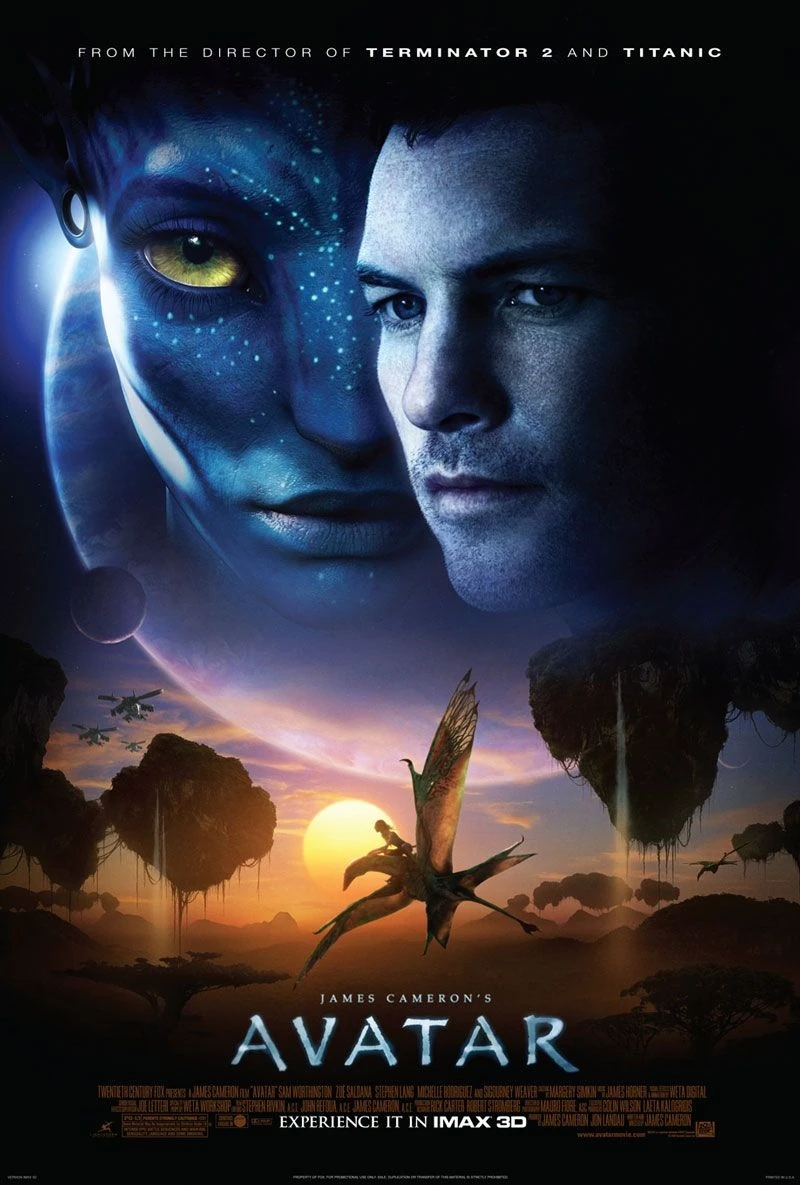
James Cameron’s Avatar revolutionized film sets by blending live-action with digital environments. The Pandora world was partially built using physical sets complemented by groundbreaking CGI. While the CGI was the star, the construction of certain sets, like the human-operated machinery and some Pandora landscapes, was essential for actor interactions. These partial sets allowed actors to perform within a tangible environment, making their interactions with CGI elements more believable. The cost of these innovative sets is estimated at $30 million.
The Dark Knight (2008) – $37 million
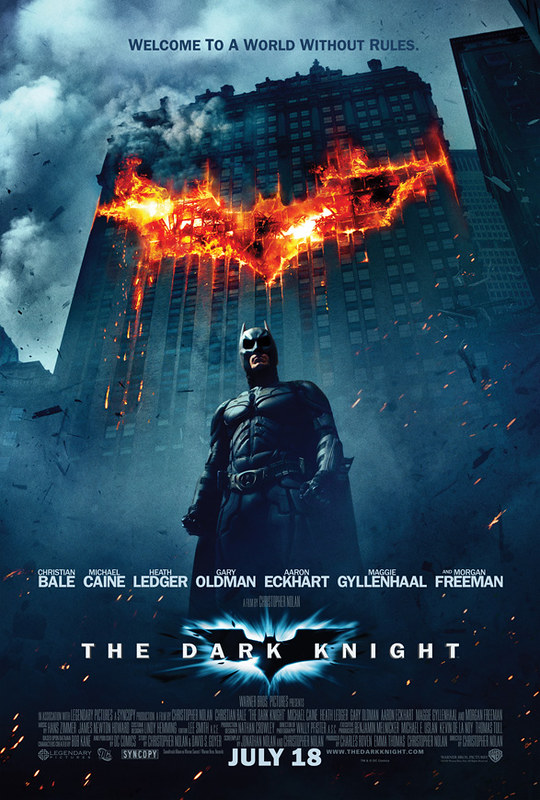
The gritty realism of The Dark Knight was enhanced by the elaborate sets, particularly those representing Gotham City. The set included both intricate indoor sets and large outdoor scenes that combined practical effects with real-world locations. One of the most expensive sets was the recreation of the Hong Kong skyscraper used for Batman’s infiltration scene. The combination of practical sets and real locations required meticulous planning and construction, contributing to the film’s budget. The set construction costs are estimated to be around $37 million.
Harry Potter and the Deathly Hallows Part 2 (2011) – $35 million
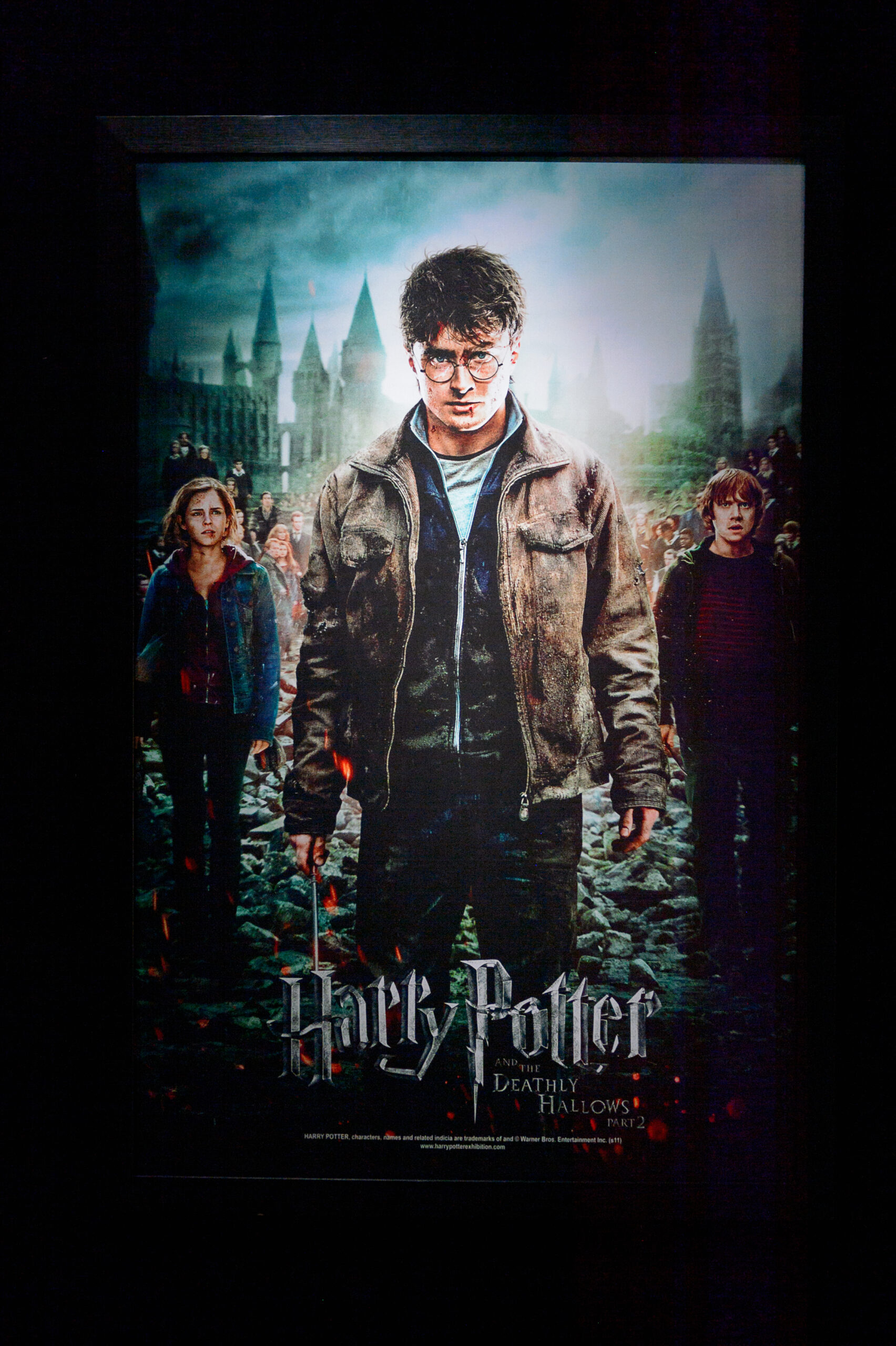
The final Harry Potter film saw some of the most elaborate and expensive sets in the franchise, particularly the Battle of Hogwarts. The set designers recreated large portions of Hogwarts Castle, incorporating destructible elements for the climactic battle scenes. This construction involved significant detail and craftsmanship to match the iconic look established in earlier films. Additionally, the sets had to accommodate complex special effects and large-scale battle choreography. The expense of these intricate sets is estimated at $35 million.
Intolerance (1916) – $2 million
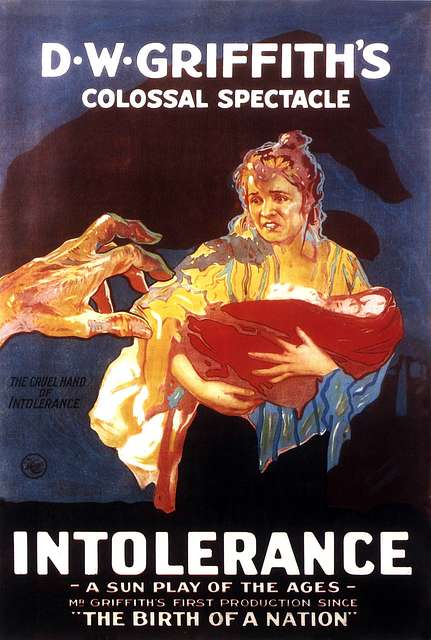
One of the earliest examples of a mega-budget set, D.W. Griffith’s Intolerance featured a gigantic set representing ancient Babylon. The set was groundbreaking for its time, spanning several city blocks and featuring towering walls, temples, and streets. The attention to detail was extraordinary, with a cast of thousands used to populate the scenes. The cost of constructing this massive set was around $2 million, a staggering sum for the era. It set a new standard for film production that influenced countless future epics.
The Chronicles of Narnia: Prince Caspian (2008) – $30 million
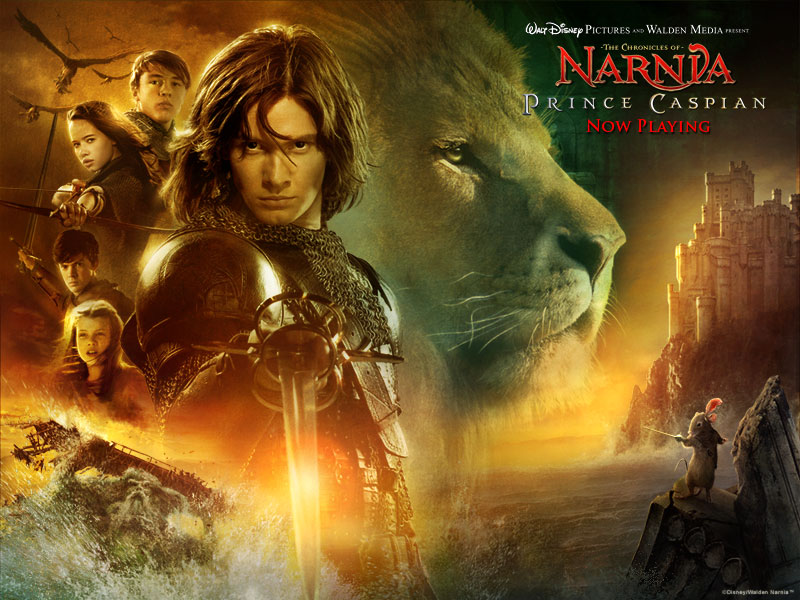
Prince Caspian required the creation of vast and detailed sets, including the castle of Cair Paravel and the Telmarine castle. The set construction was spread across various locations, combining outdoor landscapes with detailed indoor sets. The production design aimed to create a rich, immersive world that stayed true to the fantasy genre while appearing grounded in reality. The attention to detail, particularly in the intricate castle designs, added significantly to the production cost. The sets for this film cost an estimated $30 million.
Star Wars: Episode I – The Phantom Menace (1999) – $20 million
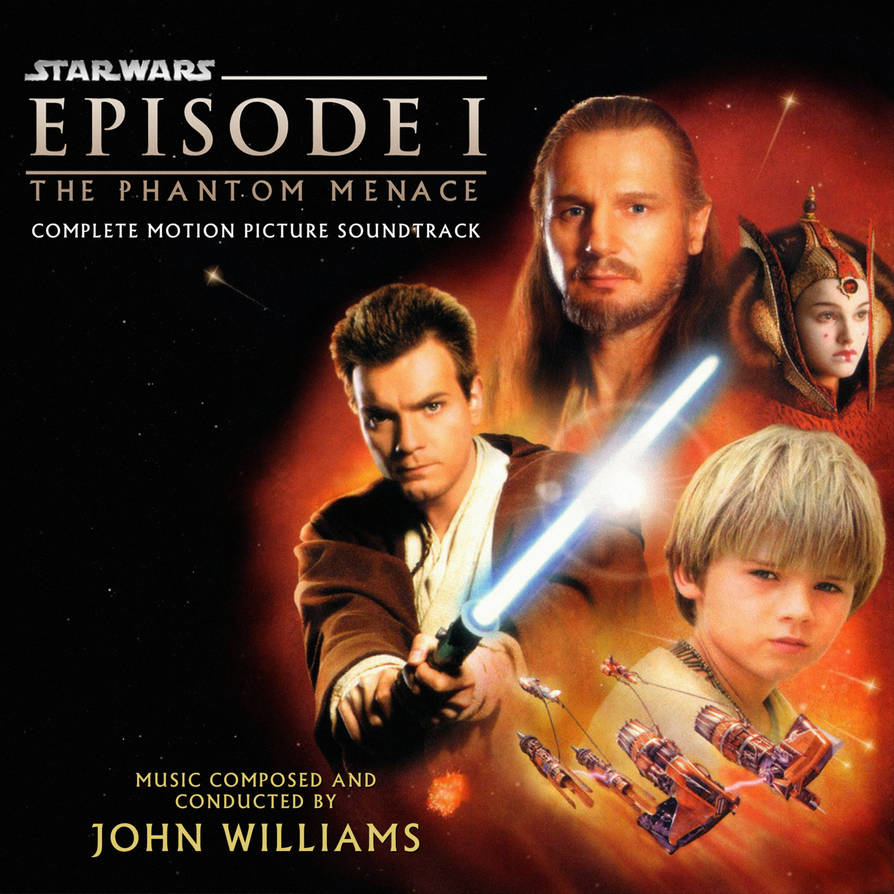
To bring the Star Wars universe back to life, George Lucas required intricate sets that blended old-school craftsmanship with cutting-edge digital technology. The Naboo Palace and the podracing arena were some of the most elaborate sets built for the film. These sets had to seamlessly integrate with CGI, requiring both practical builds and extensive green screen work. The grandeur and scale of these sets were instrumental in recreating the beloved universe. The set construction costs for this film reached approximately $20 million.
The Matrix Reloaded (2003) – $15 million
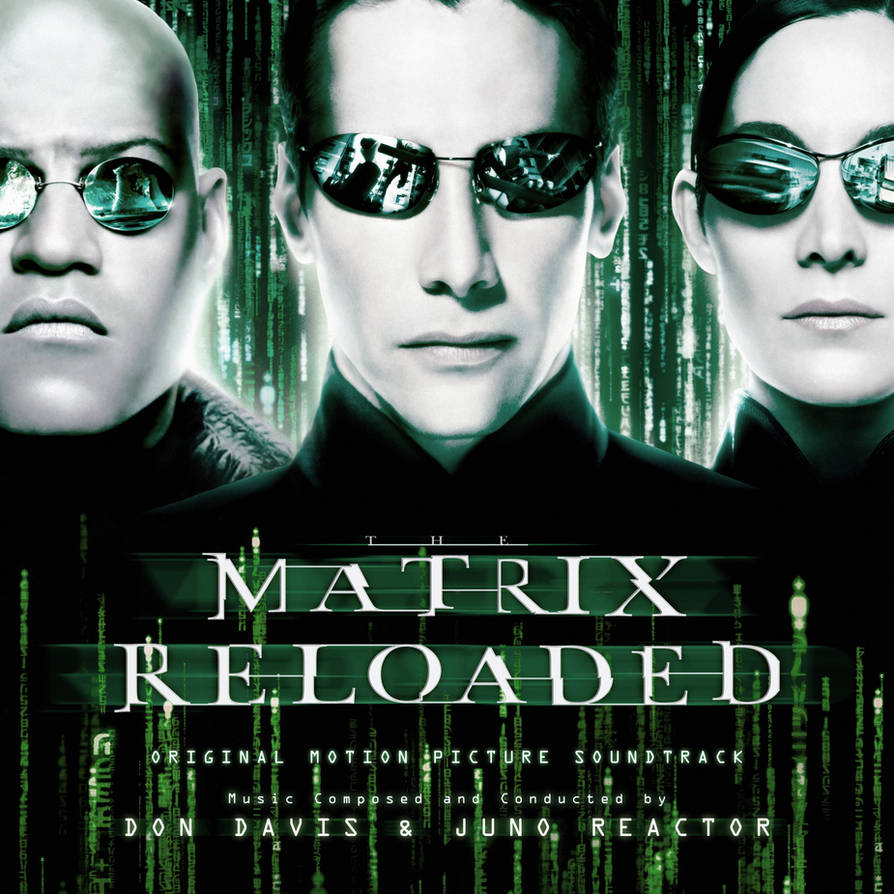
For The Matrix Reloaded, the Wachowskis insisted on building practical sets for some of the most ambitious action sequences, including the freeway chase. A mile-and-a-half-long freeway was constructed specifically for the movie, allowing the production to stage and film the high-speed chase with complete control over the environment. The set was designed with meticulous attention to detail, replicating an actual freeway, complete with overpasses and interchanges. The cost of building this custom freeway set was around $15 million. It remains one of the most expensive single-use sets in film history.
Spider-Man 3 (2007) – $18 million
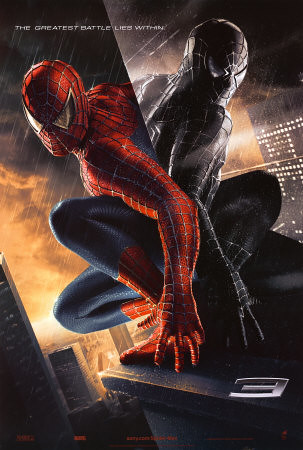
The set design for Spider-Man 3 was extensive, including elaborate recreations of New York City streets and interiors. One of the standout sets was the construction of Sandman’s transformation site, which involved a mix of practical effects and CGI. The set was built to allow for the complex interaction between the actor and the CGI elements, requiring innovative design and engineering. Additionally, the film’s climax involving multiple locations required the construction of large, detailed sets. The cost for these complex sets reached an estimated $18 million.
Batman v Superman: Dawn of Justice (2016) – $45 million

The film featured a variety of expensive sets, including the Batcave, the ruins of Wayne Manor, and the battle-damaged Metropolis. The Batcave set, in particular, was a massive construction project, featuring intricate details like the Batmobile’s hangar and high-tech computer systems. The combination of practical set design and digital enhancements required substantial investment. Additionally, the film’s large-scale action sequences necessitated the creation of destructible and highly detailed environments. The total cost for these elaborate sets was around $45 million.
Man of Steel (2013) – $35 million
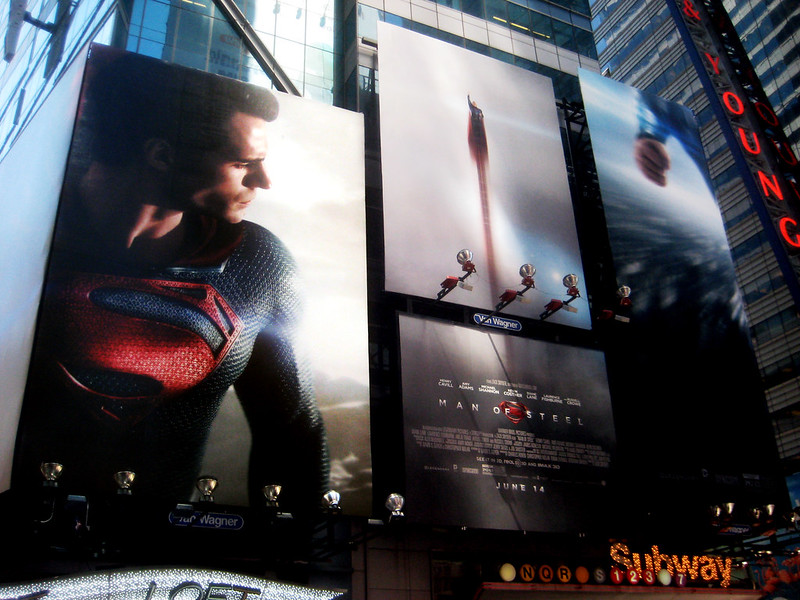
Man of Steel required a range of intricate sets to bring Superman’s world to life, including the destruction of Metropolis and the alien ship interiors. The Kryptonian sets were particularly elaborate, designed to showcase an advanced alien civilization. The sets were created with a blend of physical construction and CGI to enhance the otherworldly aesthetic. The film’s set design played a crucial role in establishing the visual tone of the DC Extended Universe. The construction of these complex and detailed sets cost approximately $35 million.
The Ten Commandments (1956) – $20 million
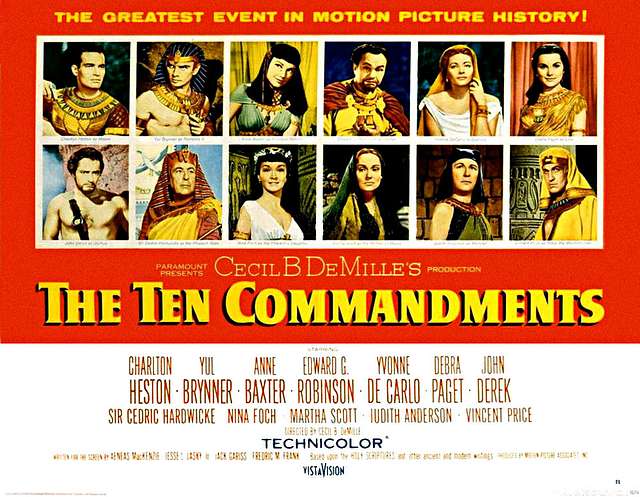
Cecil B. DeMille’s epic The Ten Commandments featured some of the most elaborate sets ever constructed in Hollywood, including a massive recreation of ancient Egypt. The set design included colossal statues, a life-sized replica of the Sphinx, and an enormous temple set. The grandeur and scale of these sets were unprecedented, requiring a vast amount of resources and labor. The film’s set construction was a significant part of its overall budget, with costs estimated at around $20 million. These sets contributed to the film’s status as a cinematic classic.
Transformers: Age of Extinction (2014) – $20 million
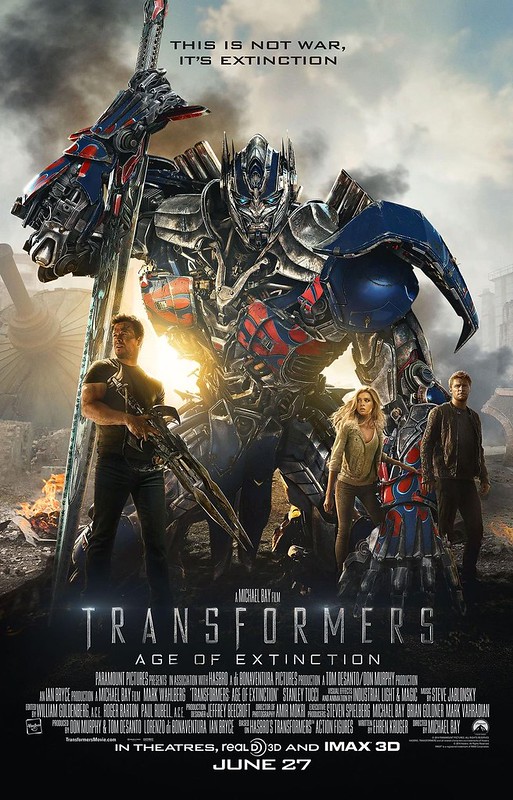
The fourth installment of the Transformers franchise involved the construction of massive sets that combined practical effects with CGI. Notably, the set of the spaceship, which serves as a key location in the film, was built to be highly detailed and functional. The set was designed to allow for dynamic action sequences, with multiple levels and destructible elements. The complexity of the set design required significant investment, driving the cost to around $20 million. This investment helped create the immersive, action-packed environment the film is known for.
Inception (2010) – $10 million
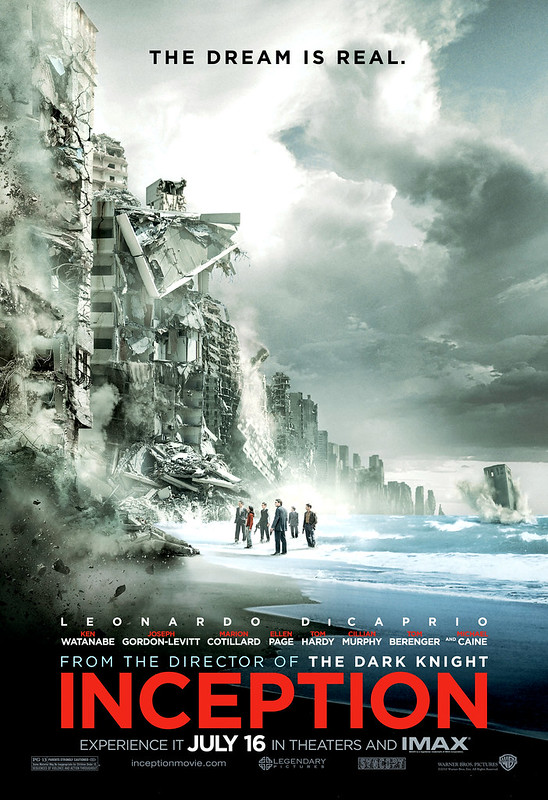
Christopher Nolan’s Inception is renowned for its mind-bending set designs, particularly the rotating hallway and zero-gravity hotel sequence. These sets were physically constructed and engineered to allow actors to perform in real-time, adding authenticity to the surreal scenes. The rotating hallway was a particularly expensive set, built to rotate 360 degrees, enabling the realistic depiction of gravity-defying action. The set’s construction required innovative design and precise craftsmanship, costing around $10 million. These practical effects, combined with CGI, created some of the most iconic scenes in modern cinema.
This article originally appeared on Rarest.org.
More From Rarest.Org
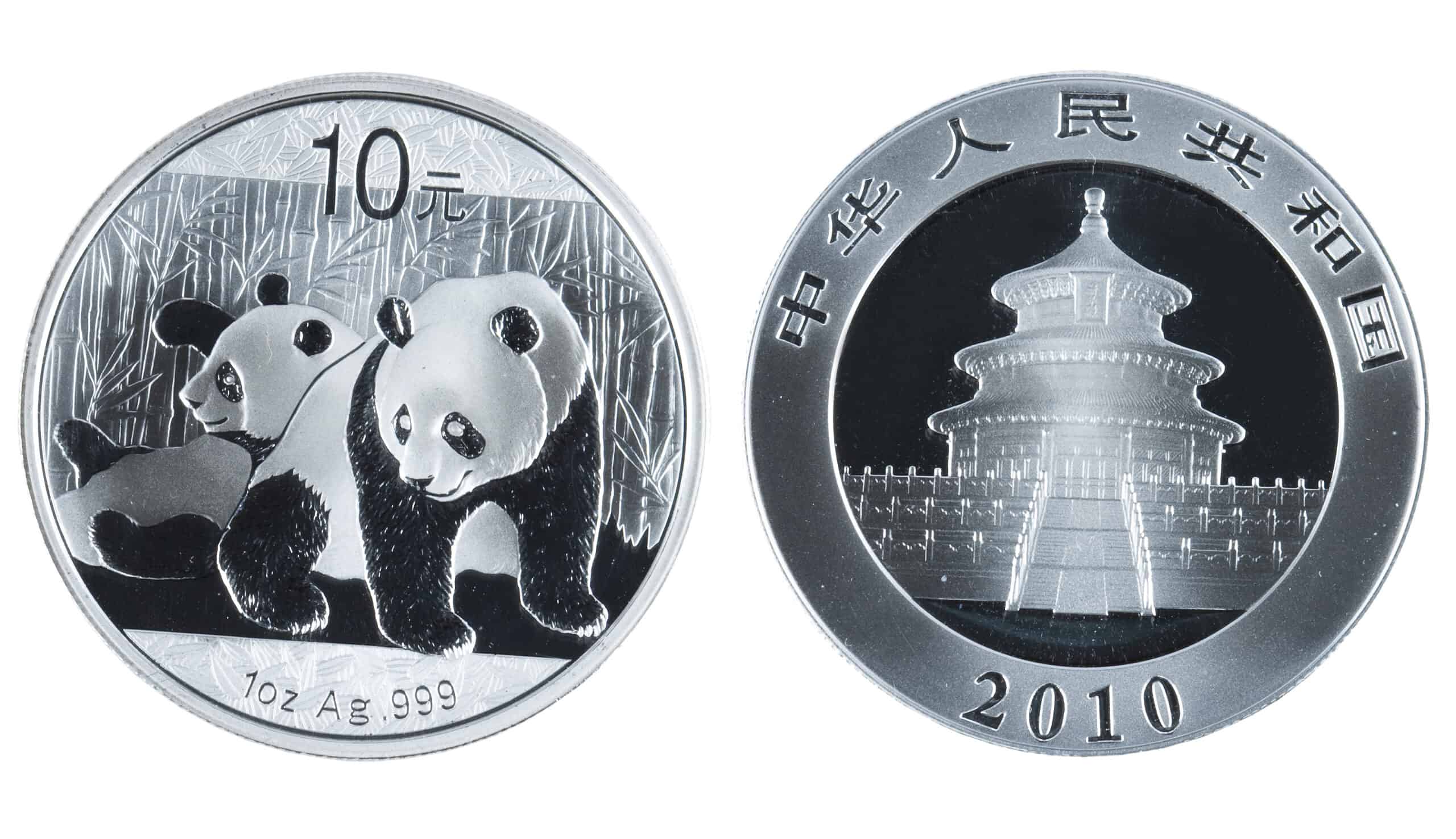
Commemorative coins are more than just currency; they are miniature works of art that capture significant moments, people, and symbols in history. These coins often feature intricate designs, rich details, and precious materials, making them highly sought after by collectors and enthusiasts alike. Read more.
In bustling metropolises around the world, there are hidden gems waiting to be discovered. These quaint neighborhoods, often overshadowed by their city’s more famous areas, offer a unique charm and character all their own. Read more.

